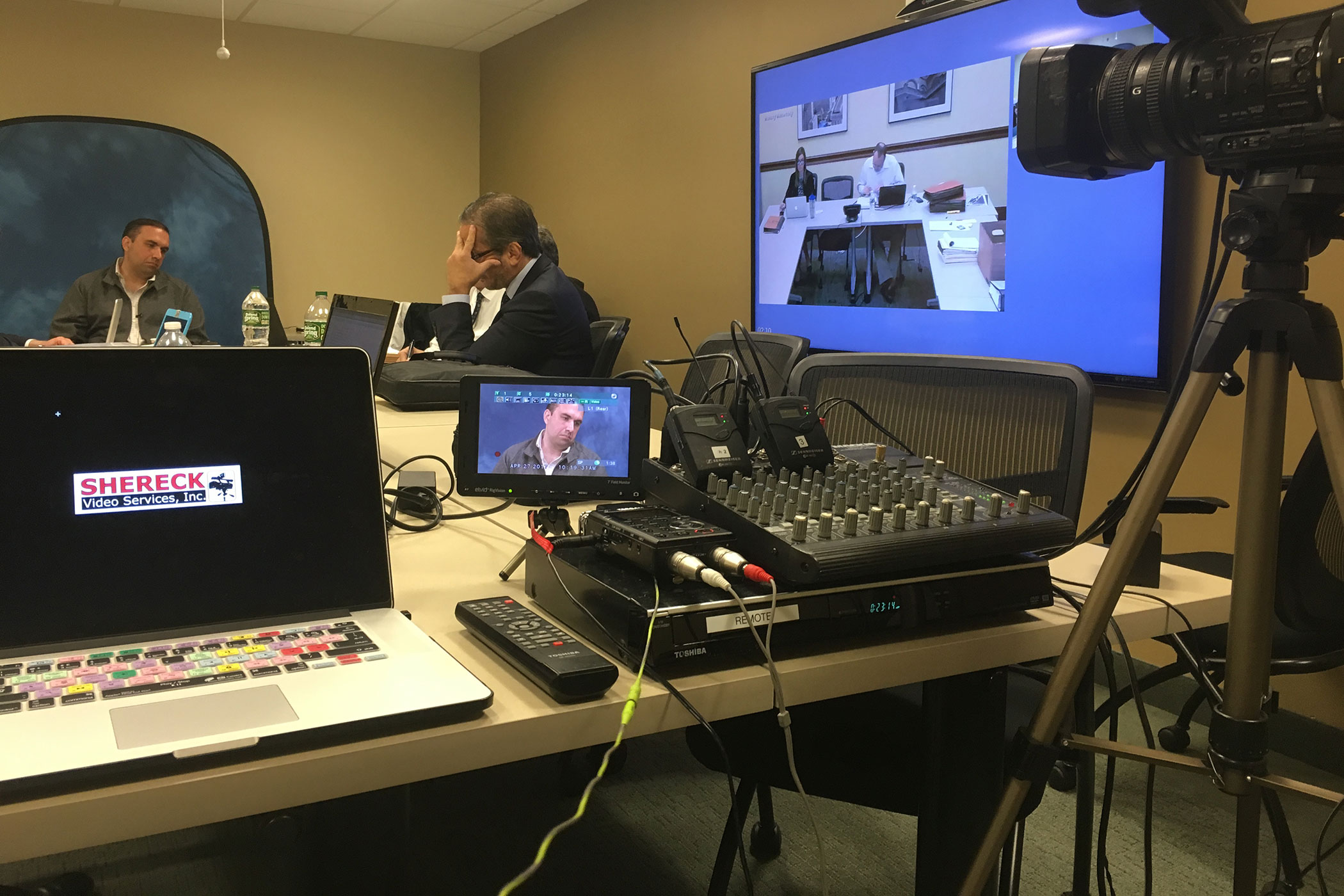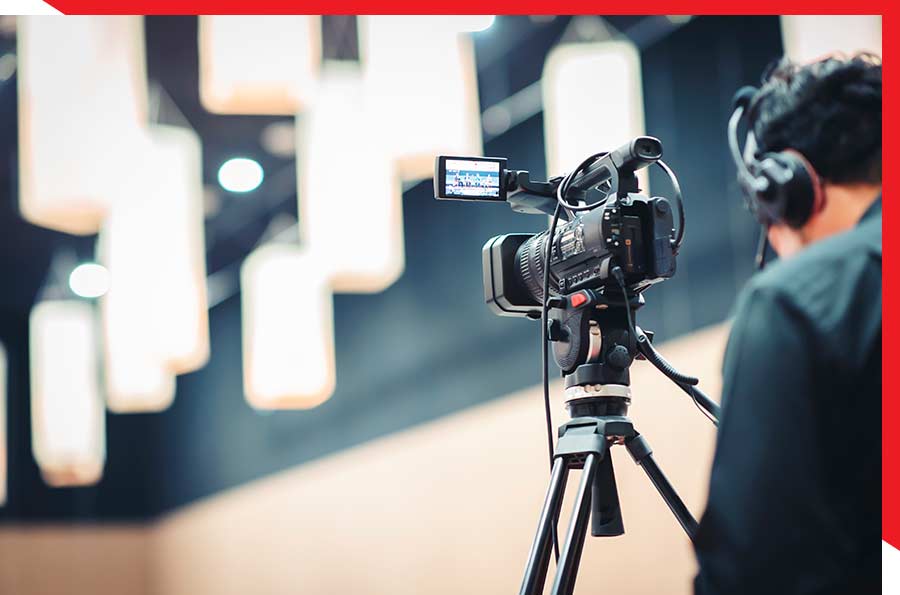How Legal Videography Can Make or Break Your Legal Approach
How Legal Videography Can Make or Break Your Legal Approach
Blog Article
Exploring the Systems of Lawful Videography: Introduction Its Operation in Safeguarding Genuine Visual Testimony for Judicial Proceedings
In the world of judicial process, the duty of lawful videography stands as a cornerstone in maintaining and providing visual evidence. As modern technology remains to breakthrough, the mechanisms behind legal videography have become increasingly intricate, providing a critical layer of credibility to testimonies captured on video clip. By delving right into the operational intricacies of lawful videography, one can reveal the careful processes that protect the honesty of aesthetic proof presented in court rooms - Legal Videography. This exploration not just clarifies the historic development of legal videography but likewise means the future trends that might further revolutionize exactly how aesthetic testimonies are upheld in the world of justice.
Historic Advancement of Lawful Videography
Analyzing the historical progression of lawful videography reveals a considerable change in the recording and discussion of aesthetic evidence within the legal landscape. In the past, lawful procedures heavily relied upon composed photos and records to record events and offer proof. With the advent of video clip technology, the lawful market witnessed a paradigm shift in just how aesthetic statement was captured and presented.
The development of legal videography can be mapped back to the late 20th century when innovations in video clip recording devices made it much more available for use in court rooms. This technological development not only improved the accuracy and integrity of aesthetic evidence yet also reinvented the method situations existed to courts and courts (Legal Videography). Attorneys began to recognize the influential power of video clip recordings in communicating emotions, subtleties, and non-verbal signs that written photos or records alone could not capture efficiently

Modern Technology Advancements in Video Documents
What vital technical developments have revolutionized video paperwork in the lawful area? The legal field has actually seen considerable advancements in video documents innovation that have boosted the authenticity and integrity of aesthetic evidence in judicial process. Among the vital innovations is high-def (HD) video recording capacities, which provide crystal-clear photos and sharp details that are essential for accurately capturing testimonies, face expressions, and other aesthetic cues. Additionally, the combination of timestamping and metadata functions in video documents devices has enabled exact documentation of when and where the video clip was videotaped, ensuring the stability of the proof offered in court.
In addition, improvements in video clip security and watermarking innovations have actually boosted the protection and tamper-proof nature of video clip proof, protecting it against unapproved changes or meddling. In addition, the advent of cloud storage space solutions and remote access capabilities has structured the storage, access, and sharing of video clip evidence, promoting seamless collaboration among attorneys and ensuring effective access to vital aesthetic testaments when required. These technical advancements in video paperwork have unquestionably revolutionized the lawful field, enhancing reference the accuracy, reliability, and admissibility of visual proof in judicial process.
Duty of Lawful Videographers in Court Room Setups
The advancement of video documents innovation in the legal field has actually required an important duty for lawful videographers in courtroom settings, making sure the integrity and reliability of visual testaments provided during judicial process. Legal videographers play a basic duty in capturing and protecting accurate aesthetic evidence that can be essential in lawsuit. Their responsibility reaches establishing equipment, taping proceedings, and producing top notch video clips that accurately mirror the occasions in the court.
In court room settings, legal videographers should stick to stringent guidelines and requirements to maintain the credibility of the visual record. They have to possess a keen eye for information and an extensive understanding of lawful treatments to ensure that the video they catch is a real representation of the events that took place. Furthermore, lawful videographers commonly function carefully with legal teams to make sure that the video clip evidence lines up with the case's needs and can be properly provided in court to sustain the lawful debates being made. Overall, the function of lawful videographers in court settings is important in maintaining the principles of justice and guaranteeing the transparency of lawful proceedings.

Ensuring Admissibility and Honesty of Video Proof
To keep the trustworthiness of visual proof presented in lawful process, making certain the admissibility and integrity of video evidence is an important duty for legal videographers. Admissibility describes the approval of proof by the court, and for video evidence to be acceptable, it has to meet certain standards. Lawful videographers play a critical role in ensuring that the videos they capture adhere to the regulations of proof, such as authenticity, integrity, and importance.
Honesty of video evidence entails maintaining the creativity and accuracy of the video footage from the time it is taped till it is provided in court. This consists of firmly storing the video clip data, recording the chain of protection, and protecting against any tampering or alterations. Legal videographers should abide by rigorous methods to assure the stability of the video clip proof and prevent any kind of challenges to its authenticity.
Future Trends in Legal Videography
Given the increasing dependence on innovation in lawful procedures, lawful videographers are poised to embrace innovative improvements shaping the future of visual statement capture and presentation. Among the famous patterns coming up is the assimilation of online reality (VR) and augmented truth (AR) technologies into lawful videography. These technologies have the check it out possible to revolutionize how visual evidence exists in court rooms, allowing courts and juries to immerse themselves in the scene of the criminal offense or event.
Moreover, using fabricated intelligence (AI) formulas for video evaluation is expected to enhance the procedure of evaluating and examining big quantities of video footage. AI can aid in determining essential minutes, anomalies, and patterns within video clips, improving the performance of legal examinations.

Verdict
To conclude, lawful videography has actually played an important function in offering genuine visual proof for judicial proceedings. With technical advancements and the experience of legal videographers, the integrity and admissibility of video clip evidence are ensured in court room settings. As lawful videography remains to develop, it will be important to support requirements that maintain the precision and dependability of visual testimony for the future of lawful procedures.
Checking out the historical development of lawful videography exposes a substantial change in the catching and website link presentation of visual proof within the legal landscape.The advancement of video clip documents innovation in the lawful area has demanded a critical duty for lawful videographers in court settings, ensuring the integrity and integrity of visual testimonies provided during judicial process. In addition, lawful videographers often function very closely with lawful teams to make certain that the video clip evidence straightens with the situation's needs and can be successfully provided in court to sustain the lawful debates being made.To preserve the reliability of aesthetic evidence offered in legal proceedings, making certain the admissibility and stability of video clip evidence is an essential responsibility for lawful videographers. As legal videography continues to progress, it will certainly be important to support criteria that keep the precision and reliability of aesthetic statement for the future of legal procedures.
Report this page